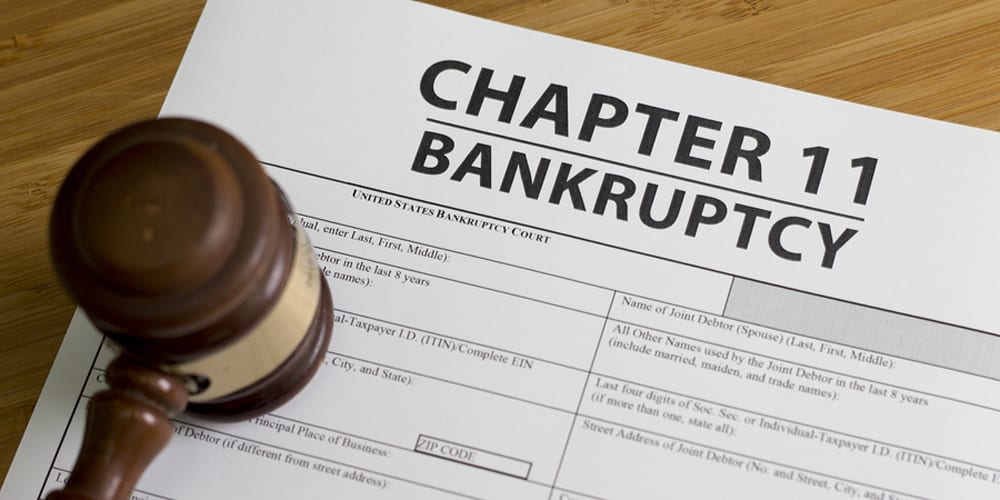After quietly filing for Chapter 11 bankruptcy, Choice Market aims to restructure its business and focus on automated Mini Mart locations to rebuild its brand and regain profitability.
Choice Market Quietly Files for Bankruptcy Amid Challenges
In the summer of 2024, Choice Market, an upscale convenience store chain known for its focus on food and technology, filed for Chapter 11 bankruptcy. The company, which gained recognition as a key player in the urban c-store trend, found itself struggling to recover from the financial impacts of the COVID-19 pandemic. Despite its initial growth and national attention, Choice Market faced severe challenges that led to the closure of its stores and the need for financial restructuring.
Founded in 2017, Choice Market expanded quickly in its home market of Denver, reaching five locations by 2023. The company also ventured into autonomous, small-format Mini Mart stores that gained millions in funding. However, the pandemic created an uphill battle for Choice, as sales plummeted, and rising costs of goods and labor further exacerbated its financial woes. According to CEO Mike Fogarty, the company “ran out of time,” leading to the bankruptcy filing.
As Choice moves through its restructuring process, it plans to focus primarily on its Mini Mart locations, which represent a key part of the company’s future growth strategy. The retailer’s journey from rapid expansion to bankruptcy highlights the volatility many businesses faced during the pandemic and the challenges of navigating post-pandemic economic conditions.
Impact of COVID-19 and Rising Costs
The COVID-19 pandemic had a significant and lasting impact on businesses across the U.S., including Choice Market. The convenience store chain, which had initially thrived with its combination of high-quality food offerings and cutting-edge technology, saw its sales tank as the pandemic disrupted normal business operations. Even as lockdowns eased and customers returned to physical stores, Choice struggled to cope with rising costs due to inflation. The increased prices of goods and labor made it difficult for the retailer to maintain profitability.
In 2022, in an effort to recover, Choice implemented several changes to streamline its operations. The company reduced its executive team, cut back on marketing efforts, introduced new purchasing controls to reduce shrinkage, and invested in in-store technology to lower labor costs. These efforts boosted gross margins by 11%, but the financial improvements were not enough to stave off bankruptcy. A $1.5 million investment deal fell through in April 2024, leaving Choice with no other option but to file for Chapter 11.
A Shift in Focus to Mini Marts
As part of its bankruptcy reorganization, Choice Market plans to pivot away from its traditional convenience store model and concentrate on its automated Mini Mart locations. These small-format stores, which operate with minimal staff and frictionless technology, are expected to drive 90% of the company’s future growth. Choice opened its first Mini Mart at the University of Colorado Anschutz Medical Campus in late 2022, a 24/7 location that serves as a model for future expansions.
CEO Mike Fogarty views the Mini Marts as the cornerstone of Choice’s comeback. By utilizing automated technology, Choice can offer customers a quick and seamless shopping experience, while reducing operational costs. The company hopes to expand the Mini Mart format beyond Denver through partnerships with hospitals, apartment complexes, airports, EV charging stations, and college campuses. Fogarty is confident that the Mini Mart model is the future for Choice Market, especially as consumer demand for convenience and technology-driven retail continues to grow.
Operational Changes and Corporate Restructuring
If the bankruptcy financing is approved, Choice Market will continue to operate some of its full-format convenience stores, but the majority of its efforts will be focused on Mini Marts. The company plans to retain its most profitable full-format location on Bannock Street in Denver, which will serve as the supply hub for its business operations. In addition, Choice aims to open another full-format store in Denver’s Rino neighborhood within six months, taking advantage of 16 months of free rent at this new location.
Despite its ambitious plans, Choice will operate with a leaner corporate structure post-bankruptcy. CEO Mike Fogarty will remain at the helm, with only one other corporate employee, Alexa Tetzlaff, serving as special assistant and internal counsel. The company intends to expand its corporate team once it achieves sustainable growth.
One of the uncertainties in Choice’s restructuring is the fate of the employees who lost their jobs when the company shut down its stores in May. Fogarty assured that there will be opportunities for former staff to return once the company reopens and scales its operations. However, the focus on technology and automation means that Choice will likely prioritize hiring for roles related to technology, supply chain, logistics, and inventory management.
New Product Assortment and Cost-Saving Strategies
As Choice prepares to relaunch, the company plans to reevaluate its product offerings with a focus on affordability. The rising cost of goods in the post-pandemic world has made it necessary for retailers to carefully consider their pricing strategies. Fogarty emphasized that Choice will offer a more streamlined foodservice and grab-and-go selection, as well as value-oriented items that are typically found in traditional convenience stores.
This shift is not only a cost-saving measure but also a response to consumer needs. With inflation affecting purchasing power, customers are looking for accessible and affordable options. By introducing new categories and adjusting its product mix, Choice aims to attract a broader customer base while staying competitive in a challenging economic environment.
Lessons Learned from the Urban Convenience Store Experiment
Choice Market’s struggles are part of a broader trend affecting the urban convenience store model, which gained popularity in the late 2010s. These stores, which prioritize food and merchandise over fuel in dense urban areas, have faced significant headwinds in recent years. Larger retailers like Kum & Go and QuikTrip also closed fuel-less convenience stores earlier in 2024, citing similar challenges related to economic conditions and changing consumer preferences.
Like many other businesses in the urban c-store sector, Choice had to quickly pivot its business model to survive the post-pandemic environment. The company faced liquidity issues, a shift in the venture capital market, and increased pressure to prioritize profitability over growth. These challenges forced Choice to rethink its operations and explore new ways to sustain its business.
Moving Forward: Rebuilding Trust and Expanding Growth
Despite the setbacks of the past year, Mike Fogarty remains optimistic about Choice Market’s future. The company’s reorganization plan provides a clear path forward, with a focus on Mini Marts and operational efficiency. Fogarty’s goal is to regain the trust of Choice’s customers and the communities it serves, while building a more sustainable and resilient business.
As the company moves through the bankruptcy process, it will need to execute its strategy carefully to avoid the pitfalls that led to its financial struggles in the first place. By focusing on technology-driven retail solutions and offering affordable, value-oriented products, Choice Market hopes to emerge from bankruptcy stronger and more competitive than before.
“We are where we are,” Fogarty said. “I’m thankful that we seemingly have a path forward here, and am excited to lead this next iteration of Choice.”
This article outlines Choice Market’s bankruptcy and its plans for a future focused on automated Mini Mart locations. The company seeks to rebuild by streamlining operations and offering value-oriented products to meet the needs of consumers in a post-pandemic world.



